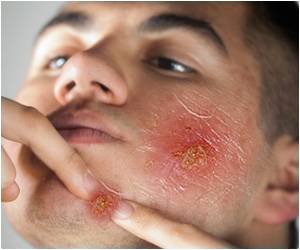Delivery of ultrashort pulses of electrical energy serves a promising nonthermal, nonscarring process of inducing controlled cell death in common skin lesions.

Dr. Nuccitelli discusses the characteristics of NPS, its effects on normal skin, on epidermal lesions such as seborrheic keratosis, on dermal lesions, and on warts caused by human papillomavirus.
Also of interest in this special issue is the article entitled "Preventing Ethanol-Induced Brain and Eye Morphology Defects Using Optogenetics") by Vaibhav Pai, Tufts University, Medford, MA and Dany Spencer Adams, Tufts University and Ion Diagnostics, Watertown, MA. Exposure of a fetus to alcohol can lead to defects in the brain and eye morphology as part of fetal alcohol spectrum disorder (FASD). This is also true in the developing tadpole. Pai and Adams used this model system to test the use of optogenetics - light-induced energy - to regulate ion channel function and ion fluxes and to rescue tadpoles from the effects of alcohol.
Using controlled membrane voltage modulation, the researchers were able to rescue the ethanol-induced brain and eye defects in the tadpoles. The hyperpolarization effect was required for the full duration of ethanol exposure. Furthermore, the rescue effect acted at a distance, suggesting that bioelectric modulation to treat ethanol-induced brain and eye defects in human embryos might be possible using existing ion channel drugs.
The research reported in this publication was supported by the National Institutes of Health under Award Number R01HDO81326. The content is solely the responsibility of the authors and does not necessarily represent the official views of the National Institutes of Health.
Source-Eurekalert














